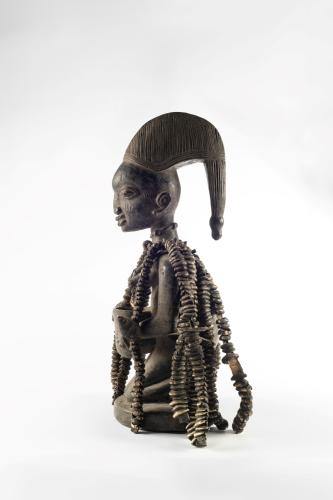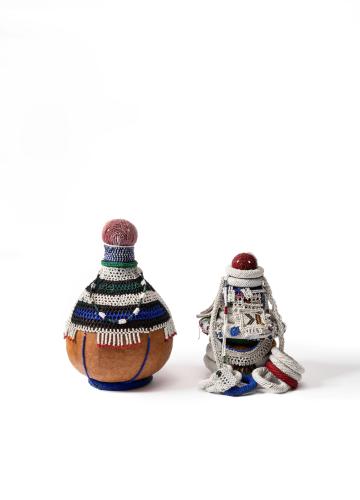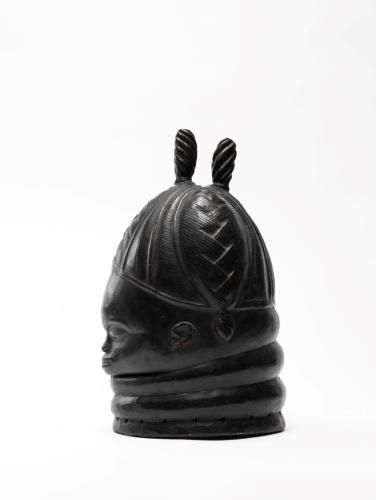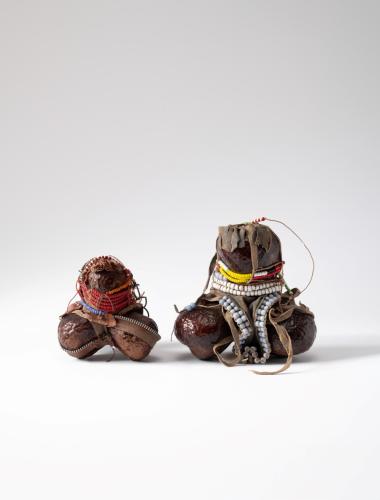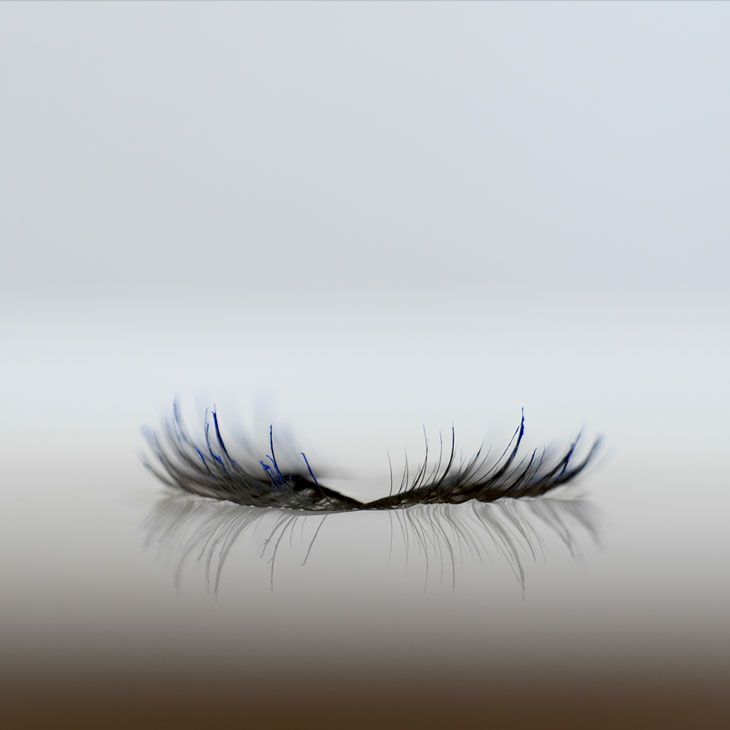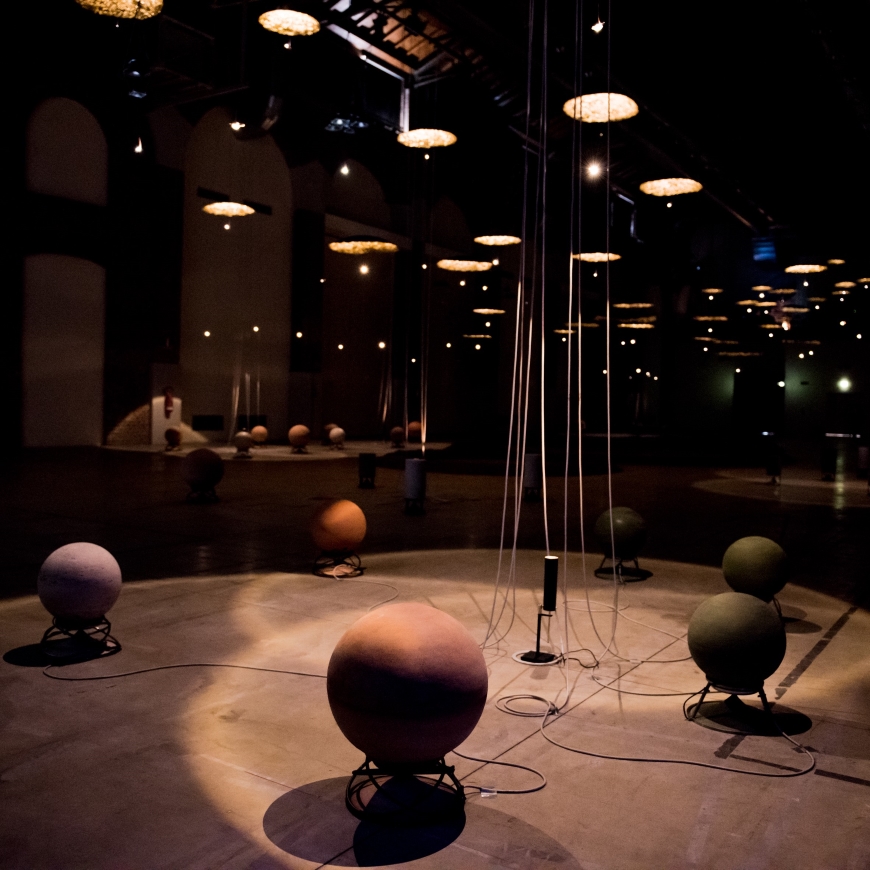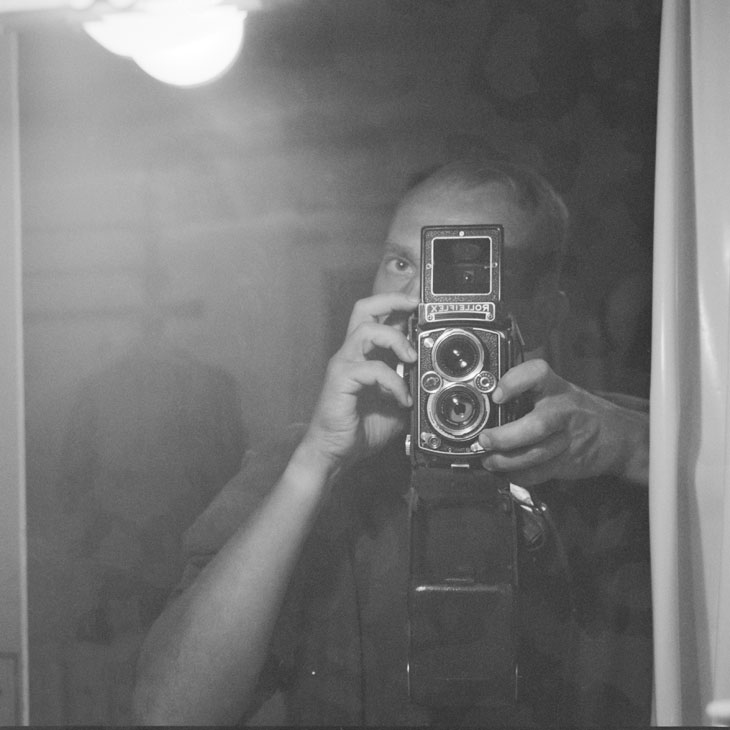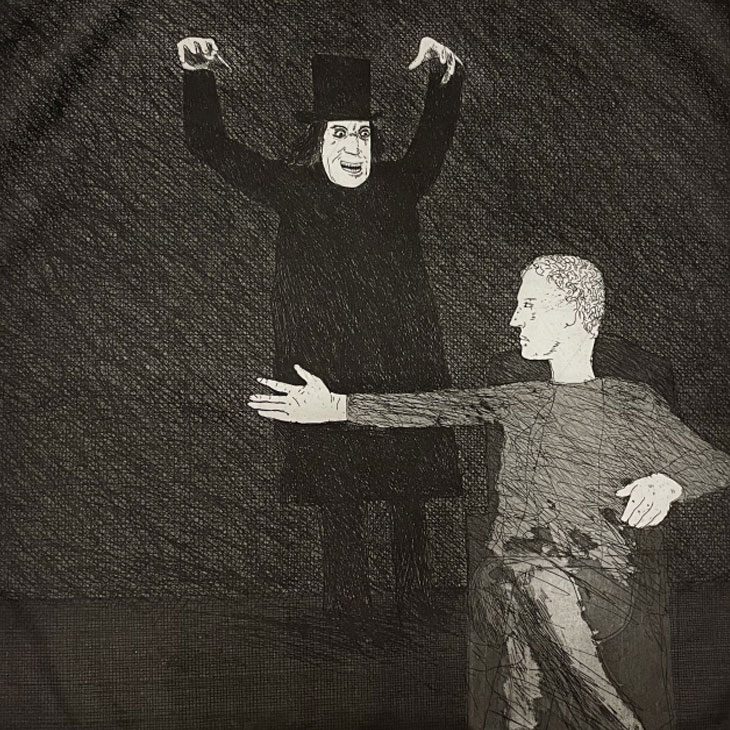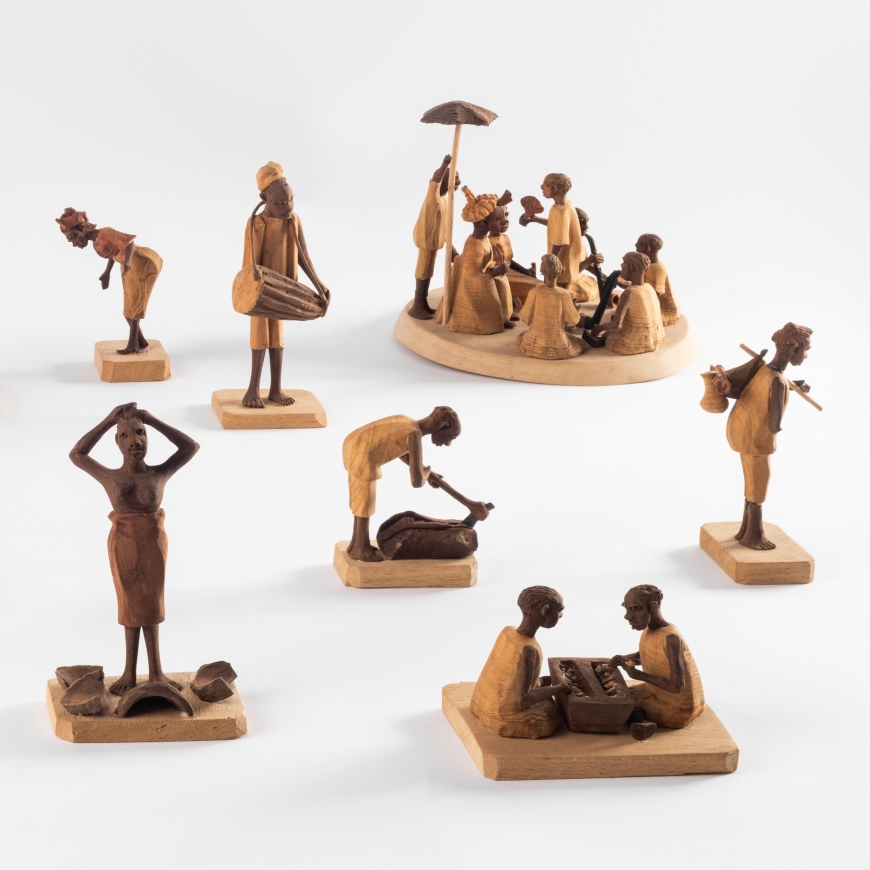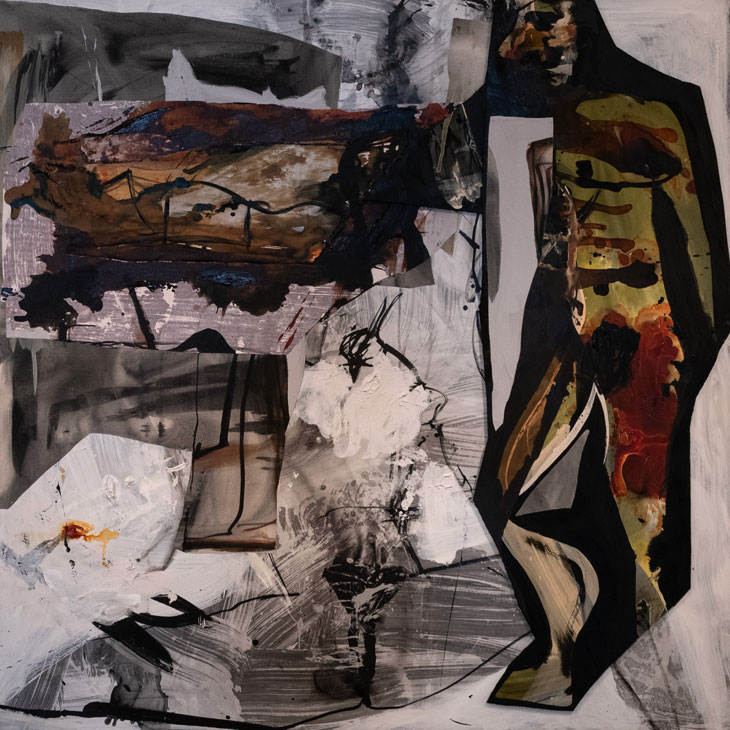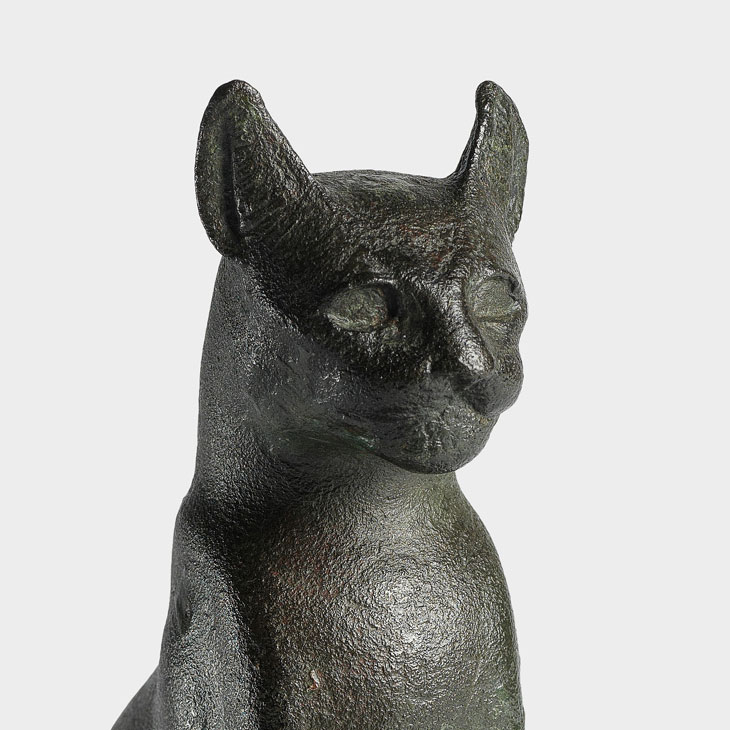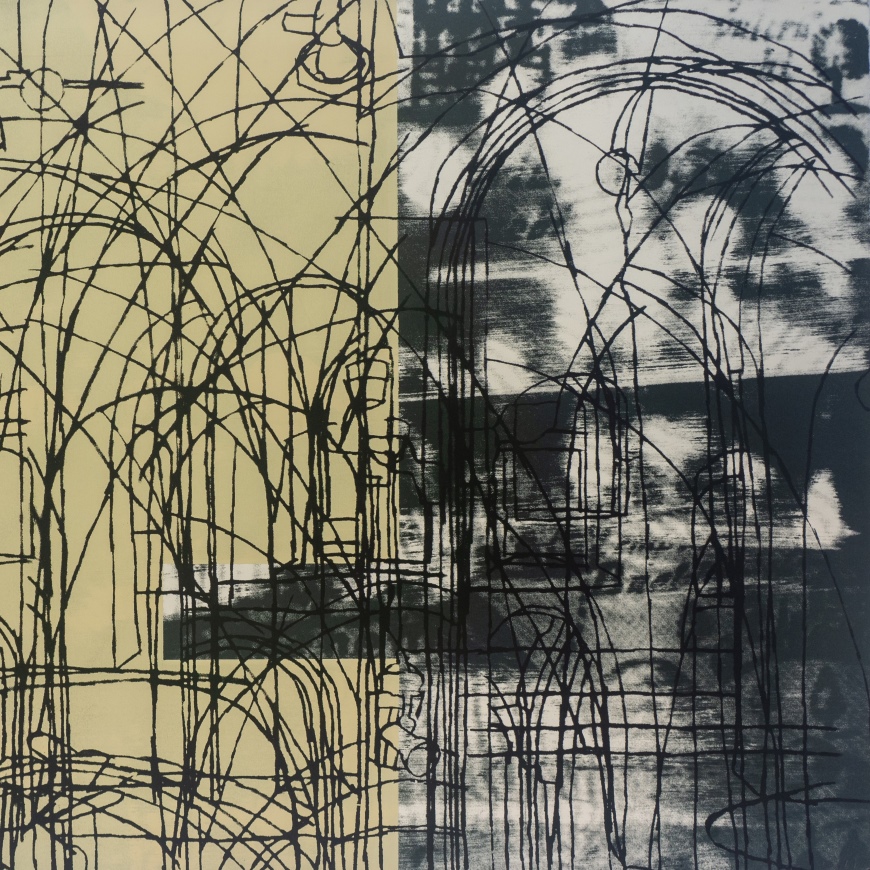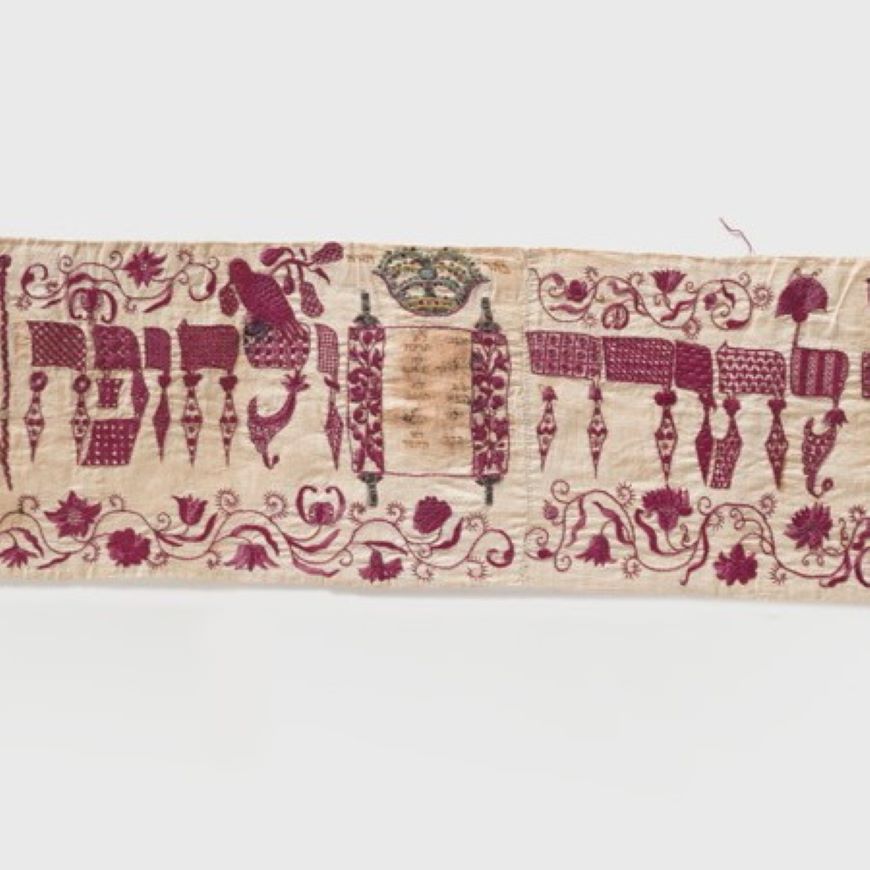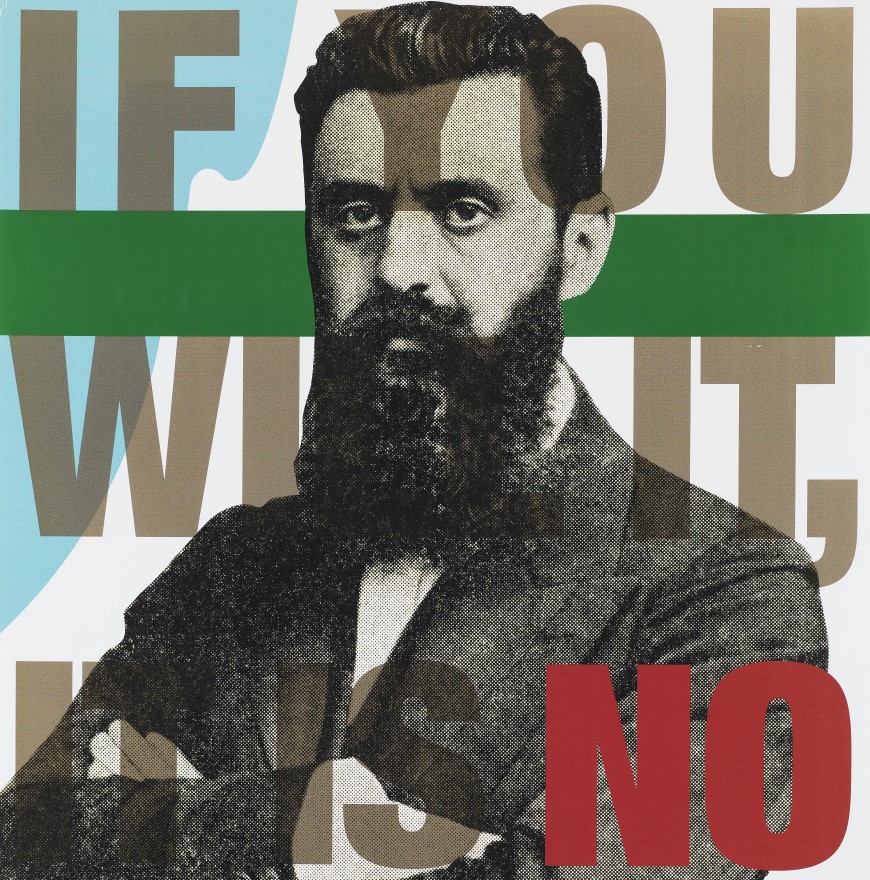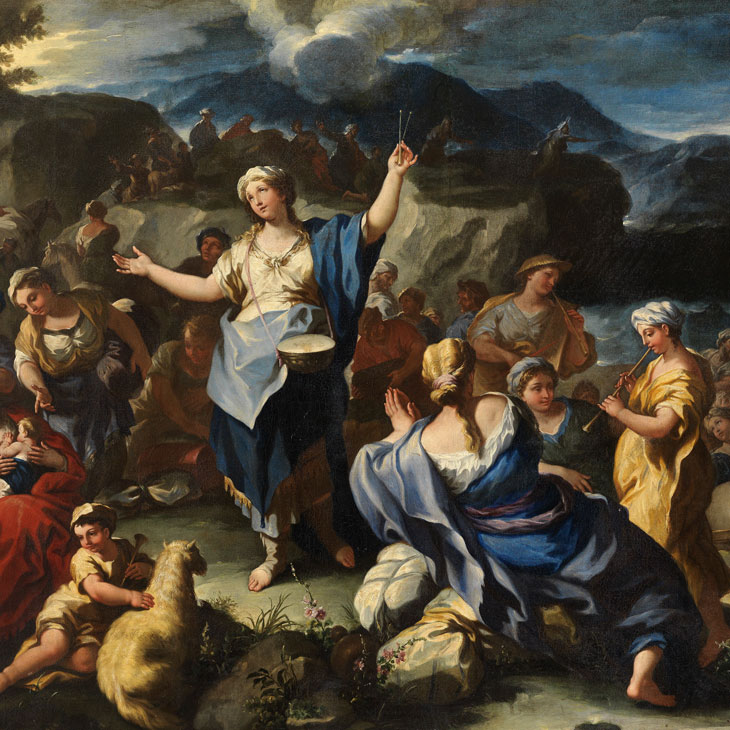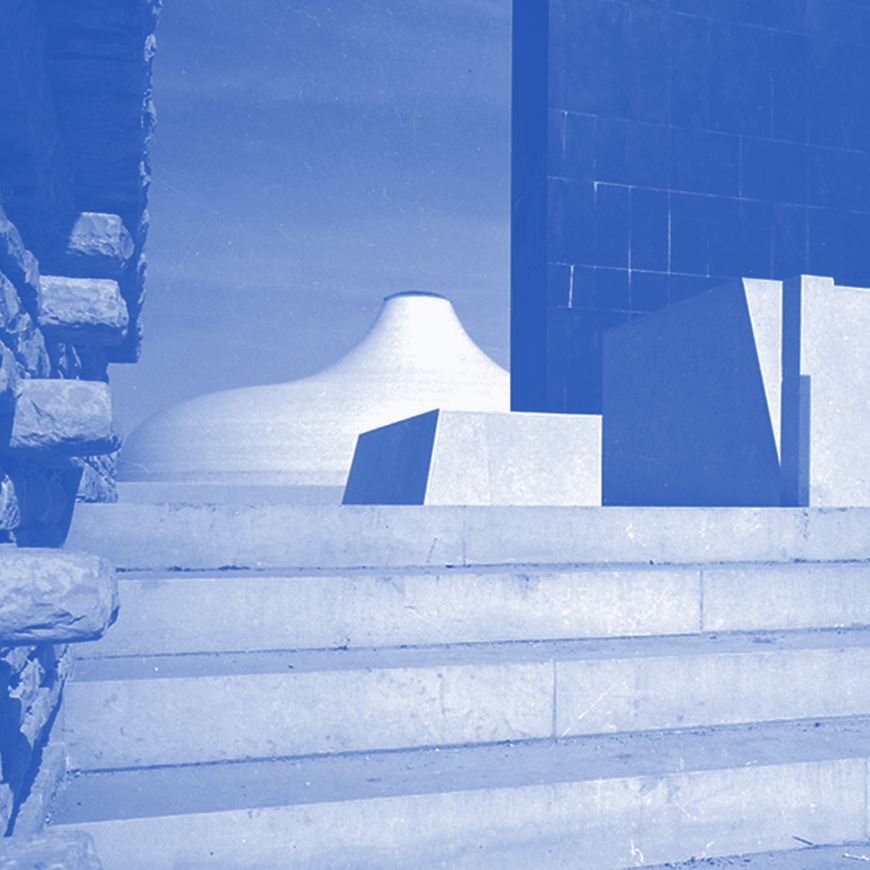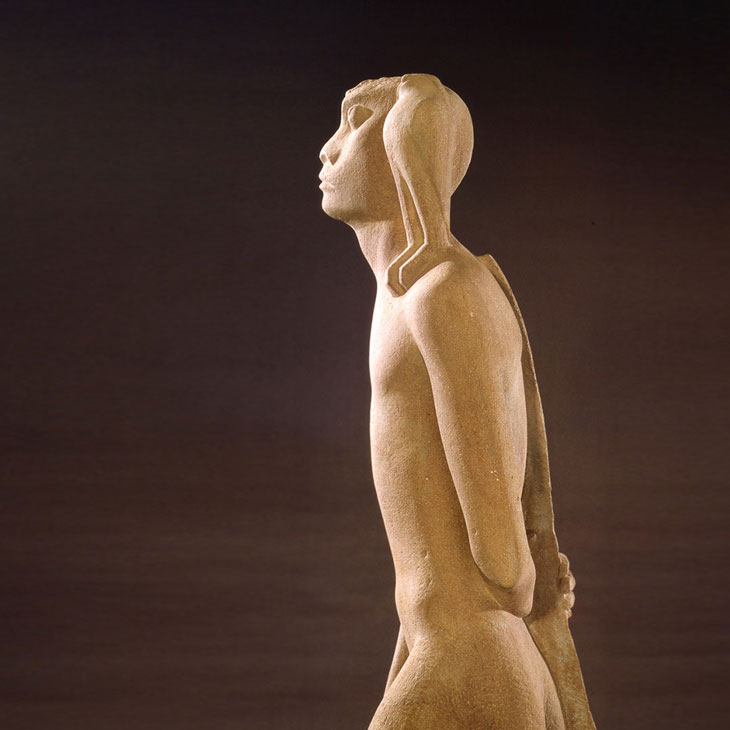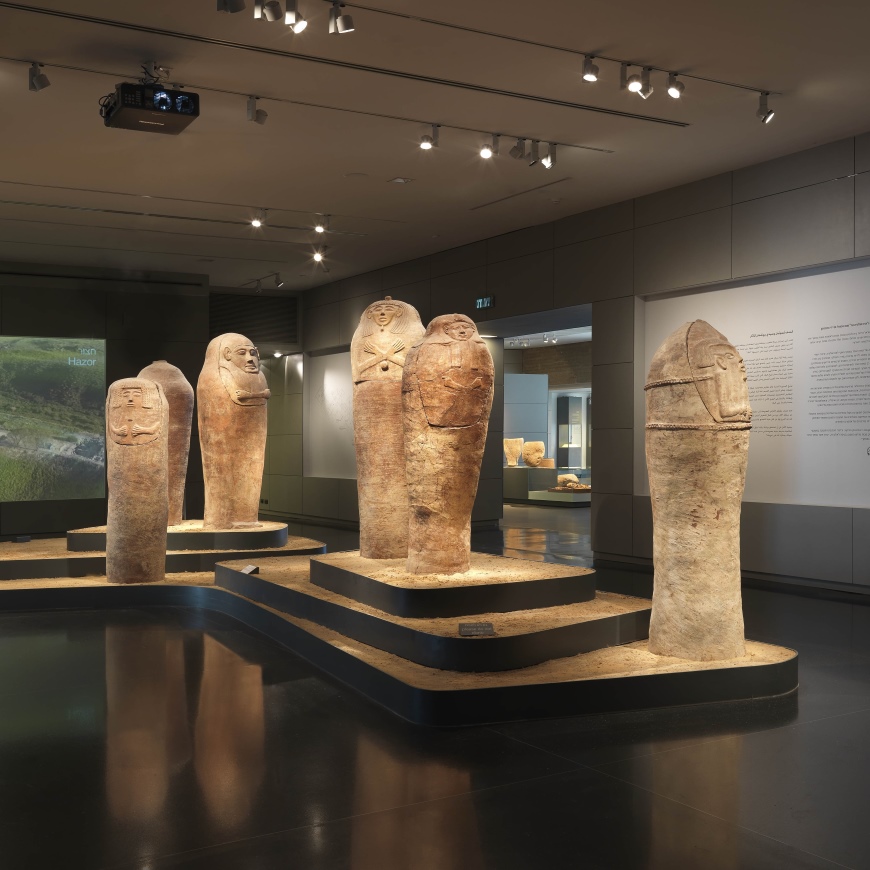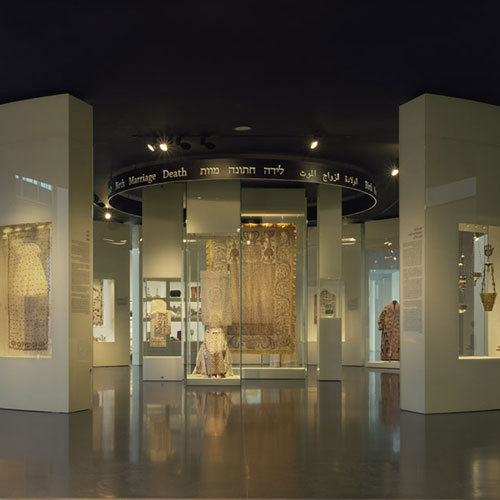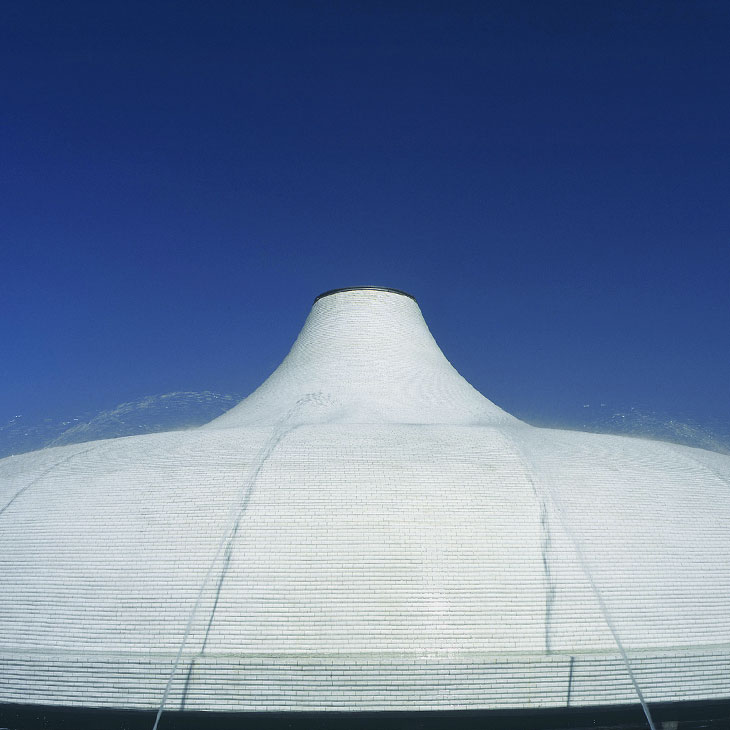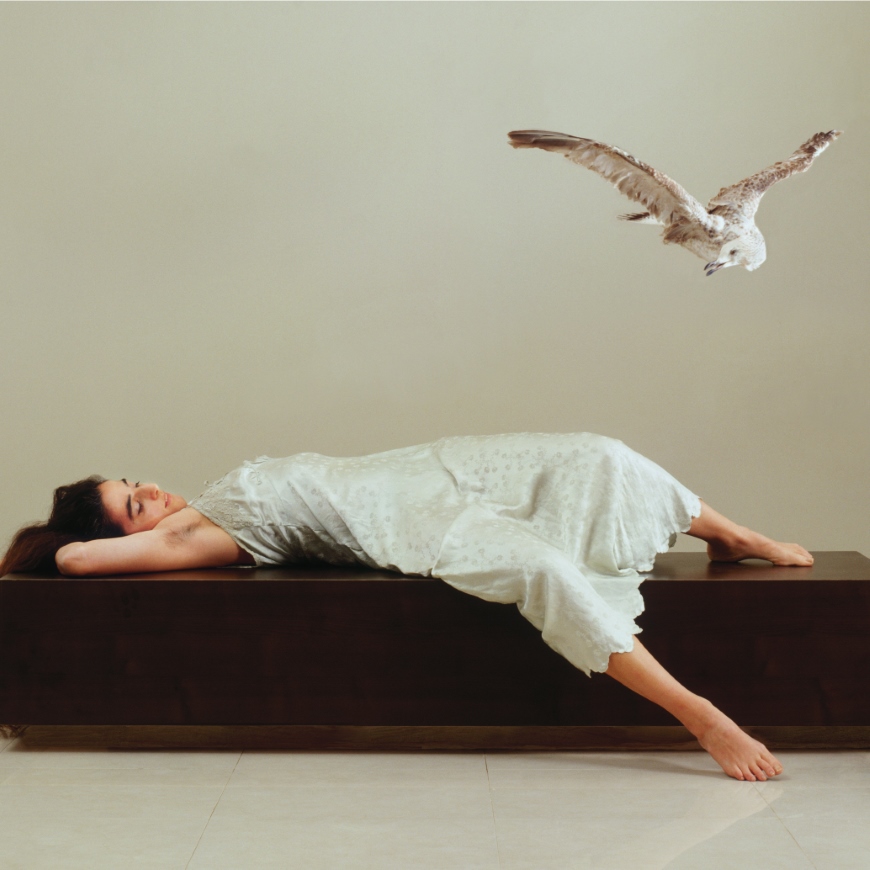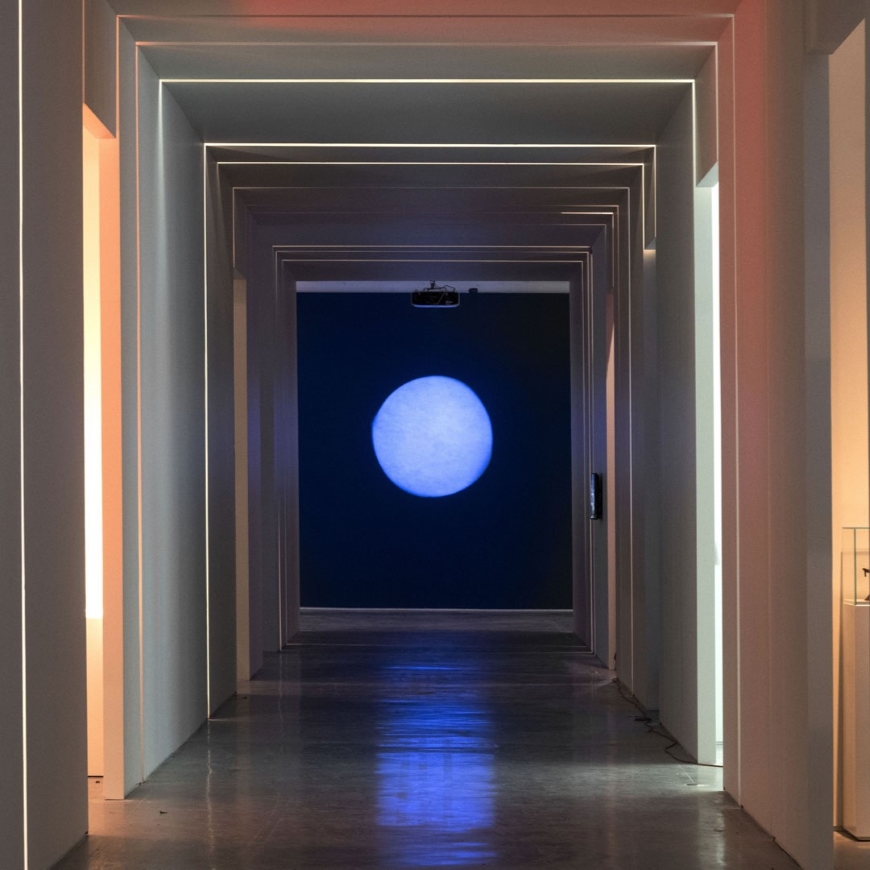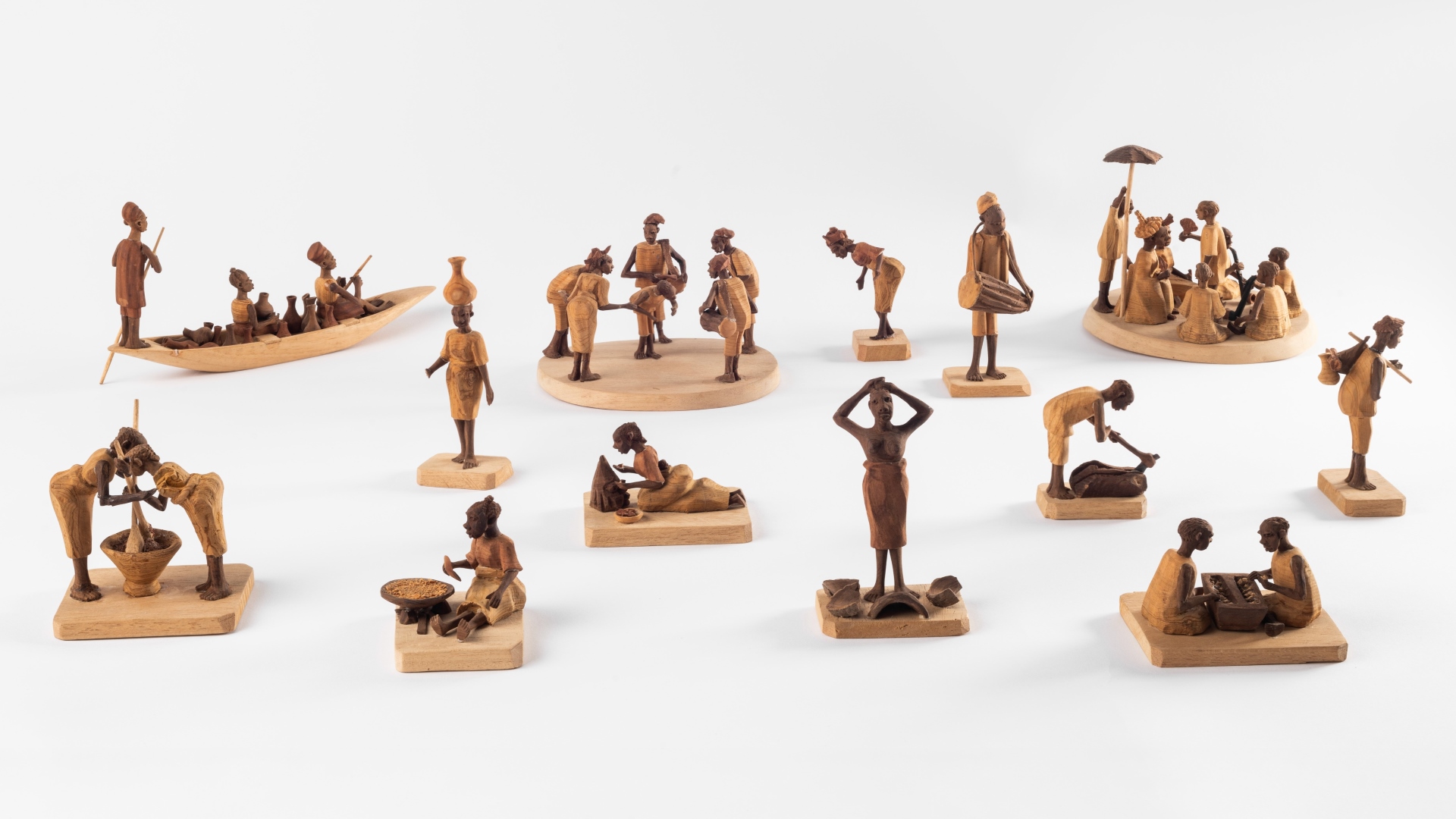
Clay and Iron
Feminine and Masculine in African Cultures
-
January 20 2024
Curator: Yael Eshel
Designer: Shirley Yahalomi
-
Faith-Dorian and Martin Wright Gallery for African Art
Gender is a universal concept that is expressed differently in different cultures. The exhibition Clay and Iron considers objects from a gendered perspective, seeking to better understand, through them, the meaning and significance of femininity and masculinity in African cultures south of the Sahara. A clear division between genders coexists alongside more complex and ambiguous cases, reflecting a continuum of gender perceptions.
Throughout Africa, occupations and everyday roles depend on gender. Thus, for example, wood carving, weaving, and blacksmithing have traditionally been the realm of men, while pottery, basketry, and bead work were engaged in almost exclusively by women. Gender differences could also be found in the use of objects: masks and figurative sculptures were nearly always used by men, mostly in the public sphere, while women employed sculptures primarily in the domestic space, to enhance fertility and protect the home.
In its attempt to understand femininity and masculinity in African cultures, the exhibition looks at different aspects of the items on display: who created the object, who used it, its design, and its materials. In addition to items from the Museum’s collection, the exhibition features works by Israeli artist Enatnesh Yallow that explore the meanings of traditional crafts. These works resonate with human shapes, natural motifs, and the memory of objects from Ethiopia, Yallow’s homeland.
Lead picture:
Sculptures showing village life, Ibadan, Nigeria, mid-20th century
Carved tree thorns and rice paste
Gift of Dr. Eva and Rudolf Grossman, Kfar Shmaryahu
Photo © The Israel Museum, Jerusalem, by Elie Posner and Zohar Shemesh
- May 01
- May 01
- Apr 26May 02May 03May 09May 10May 16May 17May 23May 24May 30May 31
- May 03May 10May 17May 24May 31
- Apr 21Apr 24Apr 28May 05May 08May 12May 15May 19May 22May 26May 29
- Apr 21Apr 28May 05May 12May 19May 26
- Apr 21Apr 24Apr 28May 05May 08May 12May 15May 19May 22May 26May 29
- Apr 22May 06
- May 06May 27
- May 06
- May 06
- May 06Jun 10
- May 08May 15May 22May 29
- May 08May 15May 15May 22May 29
- May 08May 15May 22May 29
- May 08
- Apr 24May 08May 15May 22May 29
